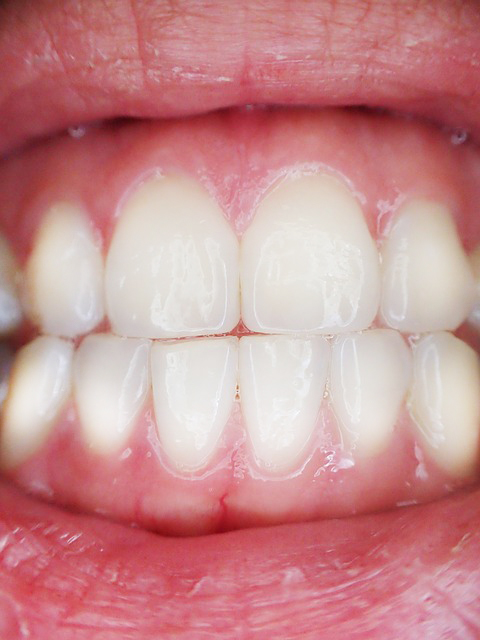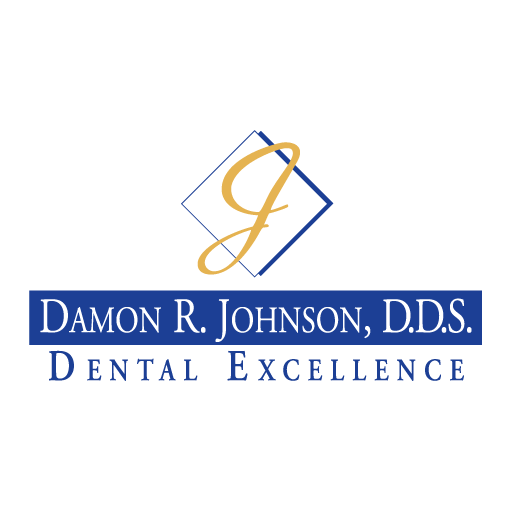Tooth decay, says Damon R. Johnson, DDS is caused by bacteria from the food we eat. These bacteria form colonies called plaque, which is the sticky, colorless film that develops on teeth. Bacteria from candy and other sweets, high carbohydrate foods like pasta and bread, dried fruit and sugary drinks are the main cause of tooth decay. Bacteria produces acid, says Damon R. Johnson, DDS, which slowly dissolves mineral in the tooth enamel, forming a white or brown spot. Eventually, the acids create a hole in the enamel of the tooth. The hole is called a cavity, and once decay has broken through the tooth enamel, it can grow much more quickly, says Damon R. Johnson, DDS.
Patients can resist tooth decay by taking action to slow acid production. Here’s how:
– Removing plaque and strengthening the tooth enamel.
– Cutting down on acid production by limiting the times we eat each day.
– Reducing sugary and starchy foods.
– Brushing after meals to remove plaque and flossing at least once a day.
According to Damon R. Johnson, DDS, it is possible to test for acid-producing bacteria by taking a sample of the patient’s plaque. In addition to more traditional approaches, treatment and preventive strategies are now based on the patient’s personal risk, adds Dr. Johnson.
Some of the newer and more specific methods include:
- Rinses containing a safe dilution of sodium hypochlorite solution that can kill bacteria and lower acidity.
- Xylitol is known to disrupt acid-producing bacteria to thrive and attach to teeth. Xylitol is available in a rinse, spray, chewing gum, as well as breath-mints.
- Dental products that contain or mimic calcium can help re-mineralize the teeth.
Understanding the process of tooth decay and taking action to prevent it will help keep your teeth healthy for a lifetime, says Damon R. Johnson, DDS.
Two major highways serve Edmond: U.S. Route 77 and Interstate 35.
Tooth decay, says Damon R. Johnson, DDS is caused by bacteria from the food we eat. These bacteria form colonies called plaque, which is the sticky, colorless film that develops on teeth. Bacteria from candy and other sweets, high carbohydrate foods like pasta and bread, dried fruit and sugary drinks are the main cause of tooth decay. Bacteria produces acid, says Damon R. Johnson, DDS, which slowly dissolves mineral in the tooth enamel, forming a white or brown spot. Eventually, the acids create a hole in the enamel of the tooth. The hole is called a cavity, and once decay has broken through the tooth enamel, it can grow much more quickly, says Damon R. Johnson, DDS.
Patients can resist tooth decay by taking action to slow acid production. Here’s how:
– Removing plaque and strengthening the tooth enamel.
– Cutting down on acid production by limiting the times we eat each day.
– Reducing sugary and starchy foods.
– Brushing after meals to remove plaque and flossing at least once a day.
According to Damon R. Johnson, DDS, it is possible to test for acid-producing bacteria by taking a sample of the patient’s plaque. In addition to more traditional approaches, treatment and preventive strategies are now based on the patient’s personal risk, adds Dr. Johnson.
Some of the newer and more specific methods include:
- Rinses containing a safe dilution of sodium hypochlorite solution that can kill bacteria and lower acidity.
- Xylitol is known to disrupt acid-producing bacteria to thrive and attach to teeth. Xylitol is available in a rinse, spray, chewing gum, as well as breath-mints.
- Dental products that contain or mimic calcium can help re-mineralize the teeth.
Understanding the process of tooth decay and taking action to prevent it will help keep your teeth healthy for a lifetime, says Damon R. Johnson, DDS.




